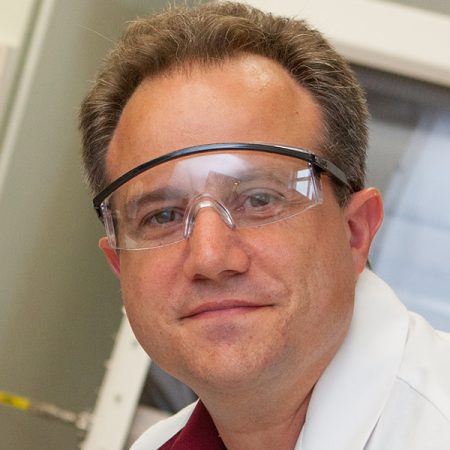
Groundbreaking work by a team of chemists on a fringe element of the periodic table could change how the world stores radioactive waste and recycles fuel.
The element is called californium — Cf if you’re looking at the Periodic Table of Elements — and it’s what Florida State Professor Thomas Albrecht-Schmitt, the lead researcher on the project, calls "wicked stuff."
In carefully choreographed experiments, Albrecht-Schmitt and his colleagues found that californium had amazing abilities to bond and separate other materials. They also found it was extremely resistant to radiation damage.
"It’s almost like snake oil," he said. "It sounds almost too good to be true."
Albrecht-Schmitt said that the discoveries could help scientists build new storage containers for radioactive waste, plus help separate radioactive fuel, which means the fuel could be recycled.
"This has real world application," he said. "It’s not purely an academic practice."
Albrecht-Schmitt’s work, "Unusual Structure, Bonding, and Properties in a Californium Borate," appears in the newest edition of Nature Chemistry.
But, running the experiments and collecting the data were not small tasks.
After years of working with the U.S. Department of Energy, Albrecht-Schmitt obtained 5 milligrams of californium costing $1.4 million, paid for through an endowment to the university in honor of retired professor Gregory Choppin.
But that tiny, expensive element has opened a whole new world of nuclear chemistry.
"We’re changing how people look at californium and how it can be used," Albrecht-Schmitt said.
All of the experiments were conducted at Florida State, but Albrecht-Schmitt also worked with theorists and scientists from nine universities and institutes, including Oak Ridge National Laboratory, which supplied the californium.
David A. Dixon, professor of chemistry at the University of Alabama, and his graduate student, Ted Garner, provided the calculations and theory on why the californium could bond in such unique ways, while scientists at Argonne National Laboratory helped correlate the theory with the experiments. Evgeny Alekseev and Wulf Depmeier of Germany also provided an improved understanding on the atomic structure of californium.




